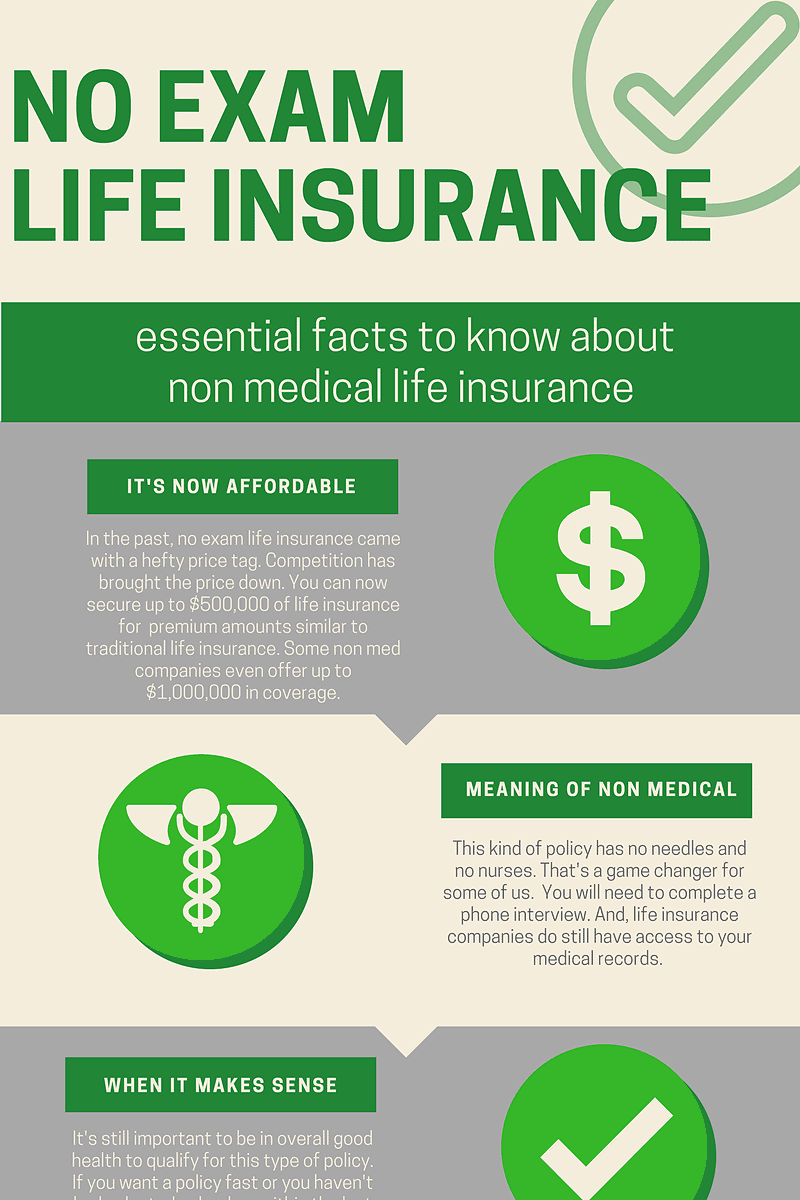Introduction
Car accidents can be traumatic experiences that leave lasting physical and emotional scars. One of the most common injuries sustained in car accidents is airbag deployment failure. Airbags are designed to inflate rapidly in the event of a collision, providing a layer of protection between the occupant and the hard interior of the vehicle. However, airbags don’t always deploy when they should.
What Causes Airbags to Fail to Deploy?
There are several factors that can contribute to airbag failure. One of the most common is a faulty sensor. Airbags rely on sensors to detect the force of a collision and trigger the deployment mechanism. If the sensor is damaged or malfunctions, the airbags may not deploy. Other causes of airbag failure include electrical problems, software glitches, and manufacturing defects.
Consequences of Airbag Failure
The consequences of airbag failure can be severe. When airbags don’t deploy, occupants are left vulnerable to serious injuries, including broken bones, lacerations, and head injuries. In some cases, airbag failure can even be fatal.
What to Do If Your Airbags Don’t Deploy
If you’re involved in a car accident and your airbags don’t deploy, there are a few things you can do. First, check yourself and your passengers for injuries. If anyone is injured, call 911 immediately. Once you’ve ensured that everyone is safe, you should report the airbag failure to your insurance company and the National Highway Traffic Safety Administration (NHTSA).
Preventing Airbag Failure
There are a few things you can do to help prevent airbag failure. First, make sure your vehicle is properly maintained. This includes regular inspections and repairs. You should also avoid driving vehicles with known airbag defects. Finally, always wear your seatbelt. Seatbelts help to keep you in place in the event of a collision, which can help to prevent airbag failure.
Car Accident Airbags Didn’t Deploy? Here’s Why
You’ve been in a car accident, and you’re shaken up. But then you realize something else: your airbags didn’t deploy. What gives? There are several reasons why airbags may not deploy, including electrical failures, sensor malfunctions, or improper installation. Here’s a closer look at each of these causes:
Causes of Airbag Non-Deployment
Electrical Failures
Airbags are powered by electricity, so if there’s an electrical failure, they won’t be able to deploy. This could be due to a faulty battery, a damaged wire, or a problem with the airbag control unit. If you suspect an electrical failure, have your car inspected by a qualified mechanic as soon as possible.
Sensor Malfunctions
Airbags rely on sensors to detect a crash. If these sensors malfunction, the airbags won’t deploy. There are several different types of airbag sensors, including impact sensors, roll-over sensors, and seat belt sensors. If you suspect a sensor malfunction, have your car inspected by a qualified mechanic as soon as possible.
Improper Installation
Airbags must be properly installed in order to work correctly. If they’re not installed correctly, they may not deploy in a crash. Airbags are typically installed by certified technicians, but if you’ve had any work done on your car’s airbags, it’s important to have them inspected by a qualified mechanic to make sure they were installed correctly.
Other Factors
In addition to the above causes, there are a few other factors that can affect airbag deployment. These include the severity of the crash, the angle of the impact, and the position of the occupants in the vehicle. If you’re involved in a car accident and your airbags don’t deploy, it’s important to have your car inspected by a qualified mechanic to determine the cause.
Car Accident Airbags Didn’t Deploy: What Happens Next?
When you’re involved in a car accident, you expect your airbags to deploy and protect you from serious injury. But what happens when they don’t?
Consequences of Airbag Non-Deployment
If your airbags fail to deploy, you could be at risk of serious injuries, including:
- Head trauma: Airbags help to cushion your head and neck in a collision. Without them, you’re more likely to suffer a concussion, skull fracture, or brain injury.
- Spinal cord injuries: Airbags can also help to protect your spine from the impact of a crash. When they don’t deploy, you could be at risk of a spinal cord injury, which can lead to paralysis or other serious complications.
- Broken bones: Airbags can also help to prevent broken bones by distributing the force of the impact over a larger area. When they don’t deploy, you’re more likely to suffer broken bones, especially in your arms and legs.
Why Airbags Don’t Deploy
There are several reasons why airbags may not deploy in a car accident. These include:
- The impact was not severe enough. Airbags are designed to deploy in severe frontal collisions. If the impact is not severe enough, the airbags may not trigger.
- The airbags were not properly installed. Airbags must be properly installed in order to function properly. If the airbags were not installed correctly, they may not deploy in a collision.
- The airbag sensors were damaged. Airbags rely on sensors to detect a collision. If the sensors are damaged, the airbags may not deploy.
- The vehicle’s electrical system was damaged. Airbags are powered by the vehicle’s electrical system. If the electrical system is damaged, the airbags may not deploy.
What to Do If Your Airbags Don’t Deploy
If your airbags do not deploy in a car accident, it is important to seek medical attention immediately. You may have suffered injuries that are not immediately apparent. In addition, you should contact your insurance company to report the accident and file a claim. You may be entitled to compensation for your injuries and damages.
Car Accident Airbags Didn’t Deploy?
Airbags are a crucial safety feature in modern vehicles, designed to inflate rapidly in the event of a collision and provide additional protection to passengers. However, there are instances when airbags fail to deploy, leaving victims vulnerable to severe injuries. Understanding the legal implications and potential causes of this malfunction is essential for those affected.
Legal Implications
When airbags fail to deploy as intended, manufacturers can be held legally accountable for the injuries sustained by victims. This is because manufacturers have a duty to produce products that are safe and meet industry standards. A failure to deploy airbags can be deemed a product defect, giving rise to negligence claims. Victims may be entitled to compensation for medical expenses, lost wages, and pain and suffering.
Common Causes of Airbag Malfunctions
Airbag systems are complex and can malfunction due to various factors, including:
- Manufacturer Defects: Faulty design, poor manufacturing, or defective components can lead to airbag failures.
- Electrical Faults: Wiring issues can disrupt the electrical signals that trigger airbag deployment.
- Sensor Failures: Malfunctioning sensors may not detect a collision or trigger the airbag system in a timely manner.
- Environmental Conditions: Extreme temperatures or harsh weather conditions can affect the proper functioning of airbags.
- Improper Maintenance: Neglecting regular vehicle maintenance, such as battery checks or airbag inspections, can contribute to airbag failures.
Additional Considerations
Victims of car accidents with non-deploying airbags should document the incident thoroughly, including photographs of vehicle damage and medical records. Seeking legal advice from an experienced attorney is highly recommended to ensure their rights are protected and they receive fair compensation for their injuries.
Conclusion
Airbag failures can have devastating consequences, potentially resulting in serious injuries or even death. By understanding the legal implications and common causes of these malfunctions, victims can take steps to hold manufacturers accountable and seek justice. Remember, airbag safety is paramount, and any concerns about airbag performance should be promptly addressed by authorized technicians to ensure optimal protection in the event of a collision.
Car Accident Airbags Didn’t Deploy: What Can I Do?
Airbags are supposed to inflate within milliseconds of a crash, but sometimes, they don’t. You might be wondering, "Why didn’t my airbags deploy?" If you’ve been in a car accident and your airbags didn’t deploy, you may be wondering what happened and what you can do about it. Airbag non-deployment can be a serious issue, and it’s important to understand your rights. Our legal team has put together this quick guide to help you understand what to do if your airbags didn’t deploy in a car accident.
Why Didn’t My Airbags Deploy?
There are a number of reasons why your airbags may not have deployed in a car accident. Some of the most common causes include:
- The impact was not severe enough to trigger the airbags. Airbags are designed to deploy in serious crashes, but not in minor fender-benders.
- The airbags were not properly installed or maintained. If the airbags are not installed correctly, they may not deploy properly in a crash.
- The airbags were damaged in the accident. If the airbags are damaged in the accident, they may not be able to deploy properly.
- The vehicle’s electrical system was damaged in the accident. If the vehicle’s electrical system is damaged, it may not be able to send the signal to the airbags to deploy.
- The seat belt was not fastened. If the seat belt is not fastened, the airbags may not deploy.
What Should I Do If My Airbags Didn’t Deploy?
If you’ve been in a car accident and your airbags didn’t deploy, there are a few things you should do:
1. **Seek medical attention.** Even if you don’t think you’re injured, it’s important to see a doctor to get checked out. Airbag non-deployment can cause injuries, even if they’re not immediately apparent.
2. **Report the accident to your insurance company.** Your insurance company will need to investigate the accident and determine whether or not you’re entitled to compensation.
3. **Contact a car accident attorney.** An experienced car accident attorney can help you understand your rights and options, and can help you get the compensation you deserve.
Precautions and Prevention
To minimize the risk of airbag non-deployment, drivers should ensure their vehicles are regularly inspected and maintained, and that airbags are properly installed. Additionally, drivers should always wear their seat belts, as this can help to ensure that the airbags will deploy properly in the event of a crash. Drivers should also be aware of the factors that can affect airbag deployment, such as the severity of the impact and the condition of the vehicle’s electrical system.
Who Is Liable?
Determining liability for an airbag non-deployment accident can be complex. In some cases, the driver of the other vehicle may be liable if their negligence caused the accident. In other cases, the manufacturer of the vehicle or the airbag system may be liable if the airbag failed to deploy due to a defect.
What Damages Can I Recover?
If you have been injured in an airbag non-deployment accident, you may be entitled to compensation for your damages. These damages may include:
- Medical expenses
- Lost wages
- Pain and suffering
- Emotional distress
- Punitive damages
The amount of compensation you may be entitled to will depend on the specific facts of your case.
Car Accident Airbags Didn’t Deploy? Here’s Why
When you get into a car accident, you expect your airbags to deploy and protect you from serious injury. But what happens when they don’t? Airbag non-deployment is a serious problem that can have devastating consequences.
In the United States, airbags are required in all new passenger vehicles. They are designed to inflate quickly in the event of a collision, providing a cushion between the occupant and the hard interior of the car. Airbags have been shown to reduce the risk of death and serious injury by up to 50%.
But airbags aren’t perfect. There are a number of reasons why they may not deploy in a crash.
1. The impact wasn’t severe enough to trigger the airbags. Airbags are designed to deploy in moderate to severe frontal or side-impact collisions. If the impact is too minor, the airbags may not deploy.
2. The sensors that detect the crash malfunctioned. Airbags rely on sensors to detect a collision and trigger their deployment. If these sensors malfunction, the airbags may not deploy.
3. The airbag system was damaged in the crash. If the airbag system is damaged in the crash, it may not be able to deploy the airbags.
4. The occupant was not wearing a seat belt. Airbags are most effective when the occupant is wearing a seat belt. If the occupant is not wearing a seat belt, the airbags may not be able to deploy properly.
5. The car was involved in a rollover accident. Rollover accidents can cause airbags to deploy erratically, or not at all.
6. The vehicle is older and the airbag system is outdated. Airbag technology has advanced significantly over the past few decades. Older vehicles may have airbag systems that are less reliable or effective than newer vehicles.
Conclusion
Airbag non-deployment can have devastating consequences. But by understanding the causes and taking preventive measures, drivers can mitigate the risks and protect themselves in the event of a collision.




Leave a Reply